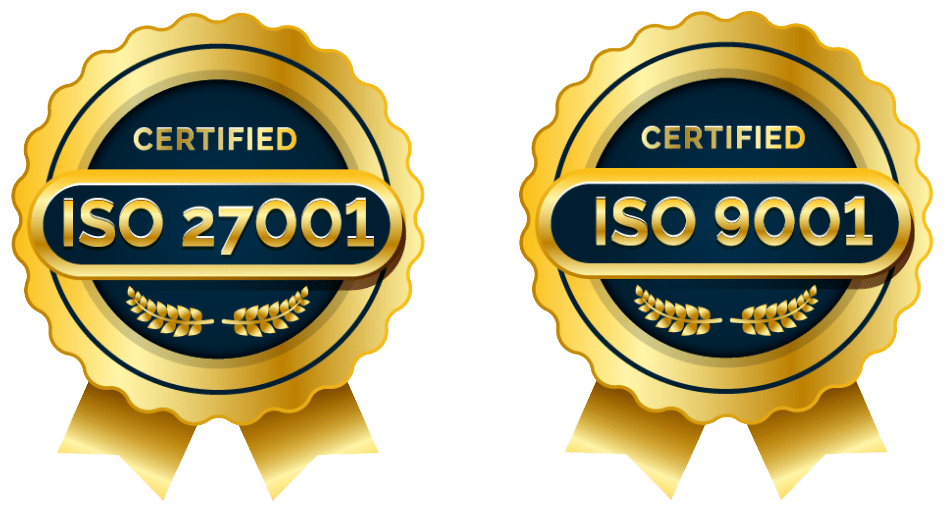In 2025 compliance management is no longer optional. Businesses of all sizes must adhere to an ever-growing list of regulations – from GDPR and HIPAA to ISO and industry-specific mandates. Failing to meet these obligations can lead to severe penalties, loss of trust, and reputational damage.
This is particularly true for highly regulated industries like finance, healthcare, and manufacturing. As organisations strive for efficiency and digital transformation, having a reliable compliance management system becomes critical. Enter SharePoint – Microsoft’s powerful collaboration and content management platform that can double as a robust compliance tool.
What Is SharePoint and Why It Matters for Compliance
SharePoint is a web-based platform developed by Microsoft that enables organisations to store, organise, share, and access information securely. While it is often associated with team collaboration and intranet portals, SharePoint’s capabilities go far beyond. As part of the Microsoft 365 ecosystem, it comes equipped with governance tools designed to support compliance, content control, and secure document workflows.
Using SharePoint for compliance management means you can centralise your policies, procedures, audit documents, and risk registers in a secure, controlled environment. Its scalability and integration capabilities make it a strong candidate for businesses looking to streamline their compliance efforts.
Key SharePoint Features That Support Compliance
SharePoint offers a host of built-in features that make it an ideal compliance management system:
- Document Management: Store and manage compliance-related files with controlled access, metadata tagging, and easy search functionality.
- Access Controls: Define user roles and permissions to ensure that only authorised personnel can view, edit, or share sensitive documents.
- Version History: Maintain a complete history of document edits, helping teams revert to previous versions if needed and track changes for audit purposes.
- Audit Trails: Automatically log user activity and document interactions to create a comprehensive audit-ready SharePoint environment.
- Data Retention and Policies: Apply policies that automatically retain or delete documents based on compliance requirements (e.g., GDPR).
These features make SharePoint much more than a simple file storage system. With proper configuration, it becomes a governance powerhouse that can support complex compliance frameworks.
Industry Use Cases: SharePoint in Action
Finance Sector: Financial institutions deal with rigorous compliance regulations such as PCI-DSS, MiFID II, and GDPR. SharePoint enables them to implement strict access controls and audit trails for all financial documentation. Teams can collaborate on risk assessments, incident reports, and internal audits within a secure, centralised platform.
Healthcare: With regulations like HIPAA in the USA, patient data confidentiality is non-negotiable. SharePoint for compliance helps healthcare providers maintain accurate records, track access to patient files, and set retention rules for medical documentation.
Manufacturing: ISO compliance, safety audits, and quality assurance documentation are vital in manufacturing. SharePoint simplifies document control in manufacturing by managing standard operating procedures (SOPs), safety guidelines, and inspection reports in one accessible, version-controlled library.
Integration with Microsoft 365 for Enhanced Governance
When paired with Microsoft 365, SharePoint becomes even more powerful. Integration with tools such as:
- Microsoft Purview: Allows for compliance monitoring, data classification, and content discovery.
- Power Automate: Automates approval workflows and compliance-related processes.
- Teams and Outlook: Ensures seamless collaboration without compromising data security.
- OneDrive for Business: Maintains consistency across document access and storage.
These integrations enhance SharePoint’s capabilities as a compliance management system and support enterprise-level governance with ease.
The Benefits of SharePoint over Manual or Fragmented Systems
Manual compliance processes or using a patchwork of systems often results in inconsistencies, data silos, and increased risk. SharePoint addresses these challenges with:
- Centralised Information Management
- Real-Time Collaboration with Role-Based Access
- Automated Document Retention and Deletion
- Better Preparation for Internal or External Audits
- Reduced Risk of Data Breaches or Non-Compliance
In short, SharePoint improves data governance and reduces the administrative burden on compliance teams.
Final Thoughts: Ready for a Smarter Compliance Approach?
Whether you’re dealing with data protection laws like GDPR or industry-specific standards like ISO 27001, SharePoint offers the tools to stay compliant with less stress. At Target Integration, we help businesses configure SharePoint governance tools and design audit-ready SharePoint environments tailored to their compliance needs.





